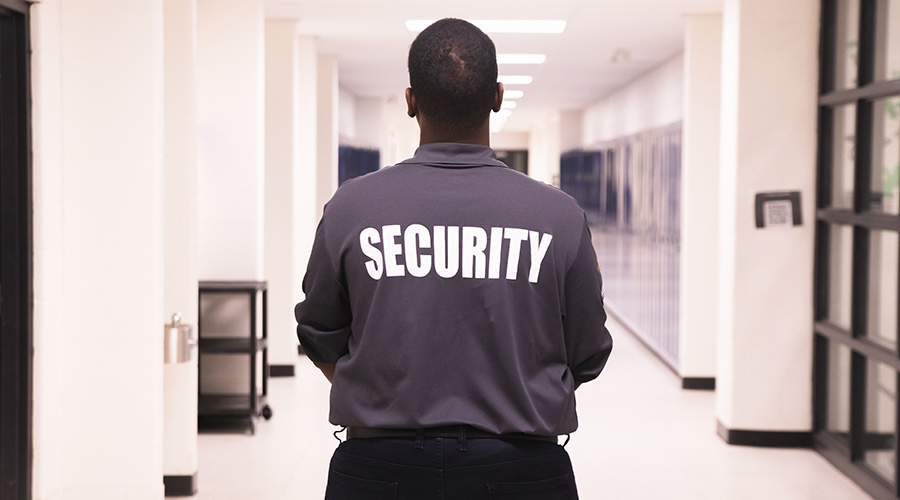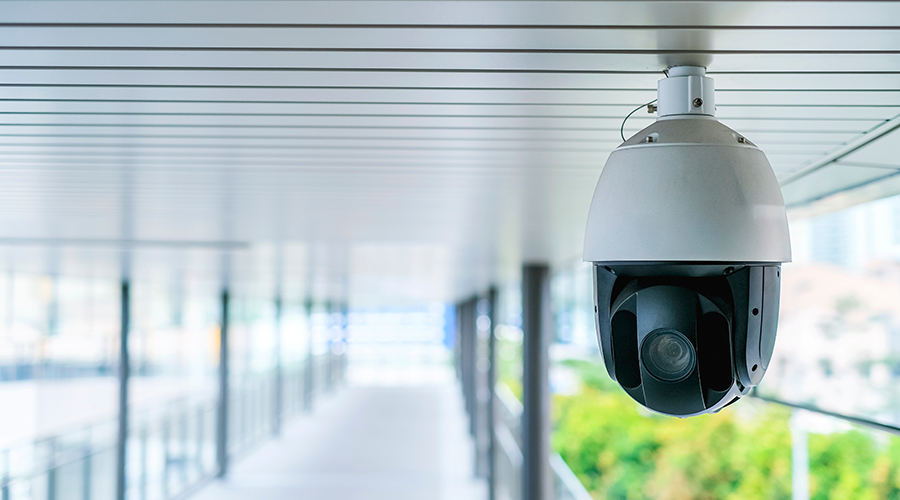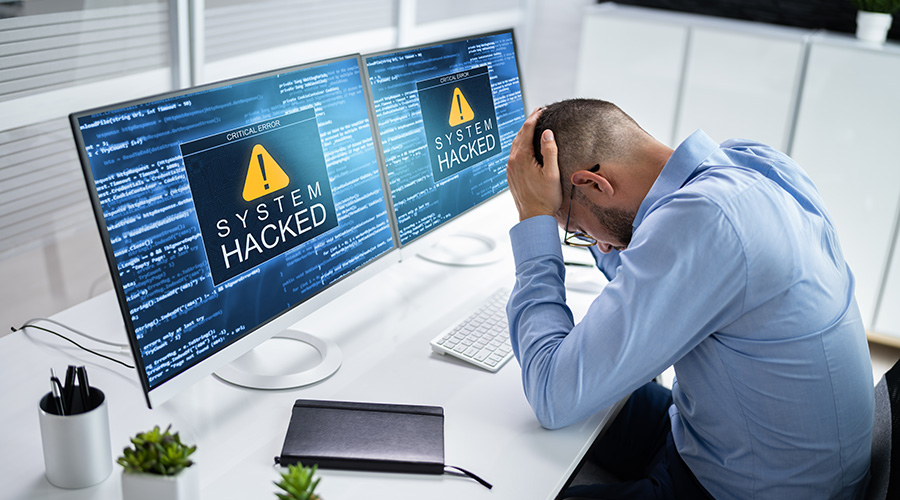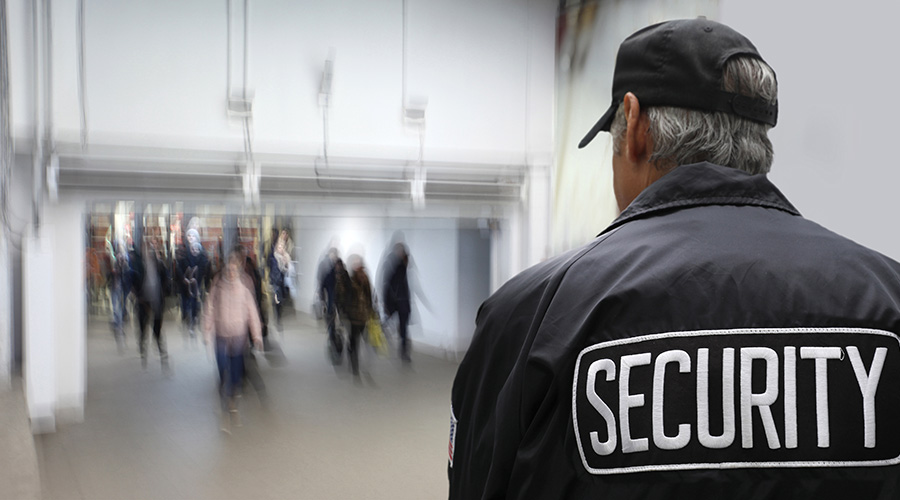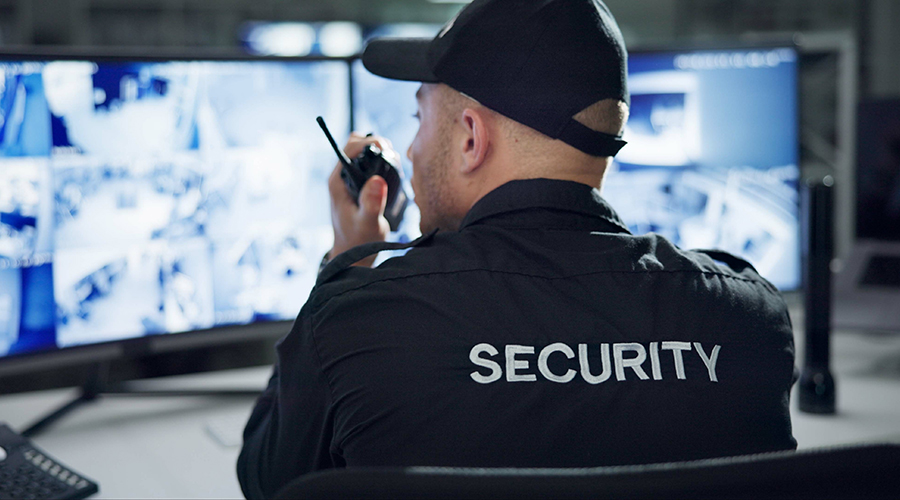A Strategic Approach to Making Schools Safer
By understanding roles, risks and priorities, managers can develop a comprehensive strategy to protect students, teachers and staff.
The security of K-12 schools has never been more challenging for those responsible for providing it. The issue is laced with emotion — fueled by the increasing number of armed attacks on schools — and highlighted by administrators, security officials and parents hoping new products and technology will provide the necessary protection.
For maintenance and engineering managers in the nation’s school districts, security has quickly risen on their priority lists as districts take steps to harden their facilities against violence. As a result of the evolving nature of the issue, managers more often find themselves at the center of discussions about the most effective ways to upgrade door hardware, access control systems and other facility components to better protect students, staff and faculty.
Understanding roles and teams
K-12 school security these days is a multidisciplinary effort that involves the input of interested parties who range from administrators and teachers to security directors and resource officers. Where do maintenance and engineering managers fit in this group?
“Typically, facilities management personnel have primary responsibility for ensuring that physical security and facility infrastructure measures are in place in order to protect against these kinds of situations, as well as also support emergency response when crisis events occur,” says Craig Gundry, vice president of special projects with Critical Intervention Services, a security consulting firm. "It is often the facilities management personnel that are responsible for overseeing the implementation and maintenance of various different types of physical security and crisis infrastructure.”
This role includes responsibility for the full range of facility components designed to provide security, from fencing, doors and locking hardware to alarms, access control systems, cameras and intercoms.
"They play an essential and active role in the physical and the technical security components at a school,” says Jordan Ferrantelli, vice president of healthcare, education and life safety practice with Guidepost Solutions, a security and compliance consulting firm. “They make sure that they're functional and operational."
School security has become a collaborative effort, and Ferrantelli stressed the complementary role that teachers and school resource officers also play in ensuring the working condition of critical security components in facilities.
“Teachers and staff are your eyes and ears on the ground,” Ferrantelli says. “If you have issues that are occurring in different parts of the school, they're the ones who are typically going to know about it first. You also have school resource officers who look at things through a different type of lens than everybody else does in the school.”
Trouble spots
Security is a high-profile issue in most if not all school districts, but schools remain underfunded when it comes to the repair and maintenance of the facilities and equipment. This lack of funds can extend to projects that aim to upgrade security, and as a result, the physical components of security often cause problems for managers and technicians.
For example, Gundry points to the need to have effective barriers in place to delay an attacker’s intrusion into a building, which he says is a common trouble spot.
"We just had a shooting in 2022 where tempered glass glazing was a point of vulnerability,” he says. “That's been recognized for quite some time now. Yet many districts throughout the nation still have not found the budget to effectively upgrade facade glazing.”
Doors also are critical components in stopping or delaying an attacker. Despite their importance, doors remain a problem area in many schools because of a lack of attention.
“In various assessments that we do every single year, one of the most common findings we have is the lack of door maintenance,” Ferrantelli says. “It's either because locking hardware isn’t functional or the door doesn't sit in the frame properly and therefore doesn't close and latch. Or the door closer isn't closing the door hard enough.
“This can change day to day and season to season. There are different negative and positive pressures that can exist within a building, depending on when the heat is going or the air conditioning, that affect how these doors can close and operate.”
Because doors are so essential to school security, managers would be wise to revisit their departments’ inspection, repair and maintenance procedures for doors to ensure they are comprehensive, up to date and effective. Ferrantelli says one issue with many departments’ door maintenance programs is they fail to ensure doors operate properly in a range of temperatures and humidity levels.
"Not checking doors in a variety of different conditions I think is why we typically tend to find a lot of issues that maybe they didn't know about,” he says. “It's a cumbersome and never-ending process, and that's probably why it's hard to stay on top of. But it's one of the most important aspects.”
Dan Hounsell is senior editor for the facilities market. He has more than 30 years of experience writing about facilities maintenance, engineering and management.
Related Topics:








